Continuous Performance Management Saves the Day
One of the most fundamental parts of a manager’s job is giving timely feedback. If you’re in HR, how many times have you seen this:
A manager shares that an employee’s performance is problematic. The employee needs to be on an exit or performance improvement plan. The first question you ask the manager is something like,
“So, when’s the last time you had a conversation about this issue with the employee?”
Awkward silence.
One of my favorite “feedback” stories is from a colleague. Let’s call her Tanya. On Tanya’s first day of work as head of HR for a medical device manufacturer, this happens:
Before she’s able to grab a cup of coffee, a senior level manager, let’s call him Jim, bursts into her office. Jim shares that a direct report isn’t performing and needs to go.
After a few questions, Tanya learns:
• Jim hasn’t had a conversation with the employee
• There’s no documentation
• No mention of the issue in the employee’s performance reviews
Tanya shifts the conversation away from the “problem” employee to Jim’s part. Jim admitted he failed to initiate discussions to help course correct the issue. And then Jim has the never to add, “Nonetheless, this guy needs to go.”
Here’s the best part.
Tanya’s response to Jim: “I wonder who here needs to be on the exit plan?”
I don’t advise saying what Tanya did, but she’s just the type of person to get away with such boldness.
But really, how many times do we have to keep repeating the “give feedback early and often” mantra?
What’s so tricky about giving feedback early and often?
Traditionally, managers learn to provide feedback by describing:
1. The situation (At the meeting yesterday)
2. The observation (when you didn’t have the report ready)
3. The negative impact (it was a waste of time for those who attended the meeting)
This uncomfortable approach leads most people to avoid, water down or delay essential conversations.
Giving feedback means calling attention to someone’s shortcomings (s). Most people don’t react like, “Thank you so much for bringing that to my attention.”
At home, at work, and in life the typical reaction, when confronted with a deficiency, is to: defend, deflect, and rationalize.
Research shows that just about 6% of managers are skilled at having candid performance conversations. The skills to engage in performance conversations don’t come naturally, but they can be learned.
The Give Feedback Early and Often and No Surprises Advice is Outdated
The other thing those of us in HR are known to say is:
“No surprises at performance review time. Anything that’s in the performance review should have been discussed during the year.”
Good advice. But how is this supposed to work when we know that most managers don’t “give feedback early and often”?
Continuous Performance Management Saves the Day
Today, continuous performance management, a system of ongoing conversations, has replaced annual performance reviews. You can turn your hope that managers will give feedback early and often into a reality!
The top 11 must-haves for continuous performance management
1. Small discussions held throughout the year focused on “what’s working now” and how to be more effective moving forward.”
2. Flexibility to choose the conversation’s topics and questions
3. Person-to-person exchanges (Zoom, phone, or live)
4. Higher-level focus on performance, development, career, and the manager/employee work relationship
5. Conversation skills training for managers and all staff
6. Assessment of performance without ratings
7. Transactional topics like tasks, projects, status updates are held separately in 1:1 meetings and everyday convos (not a replacement for performance development discussions)
8. Back and forth cadence; both the manager and employee contribute equally (unlike the performance review where the manager does the talking).
9. No judgment or evaluation of past performance
10. Quick to prepare for and short to hold (5 or 10 minutes of prep and 10-minutes of questions and answers)
11. Just right frequency: Ideally monthly (weekly is too frequent, and quarterly convos are too far apart because the longer you wait, the more you’ll be reviewing past information)
Continuous performance management can be the norm throughout your organization. Instead of avoiding essential conversations, managers and employees will engage in dialogue that positively affects relationships, prevents problems from compounding, drives solutions, and even resolves long-standing issues.
There’s more involved than rolling out a new app or form, but with the right continuous performance management implementation, conversations will happen “on purpose.”
.png?width=300&height=180&name=Copy%20of%20Copy%20of%20Untitled%20(4).png)


